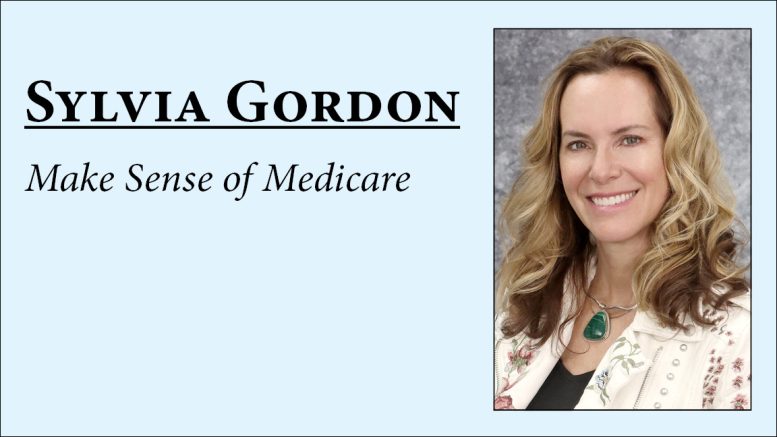Most people aging into Medicare usually have some idea of what type of insurance they want. Their sister is happy with Anthem Plan G, or their neighbor talks highly of Humana Plan G so that will do! Plan G is the most popular way to supplement original Medicare. People still inquire about old Plan F, but it is not available for sale to people enrolling in Medicare Part B after January 2020.
The vast majority of retirees who want a Supplement plan now know they want a Plan G. No one seems to talk about Plan N. There are many other plans, but the only other plan we commonly recommend is Plan N. It’s more complicated than a Plan G, but it is worth a look.
Plan G is popular because it is easy to understand. You pay a monthly price and an annual deductible. There are no copays, coinsurance, or other out-of-pocket costs. If government Medicare pays, then the supplement will pay its share. Plan G, however, goes up in price from 5 to 15 percent per year. The price inflation on Plan N is much lower. Typically, Plan N goes up 0 percent $5 per year. Prices vary by insurance company and state, but you can Google and verify that Plan N goes up slower on a national basis.
Plan N is more complicated. For a monthly price savings of $20 to $40, Plan N offers the same annual deductible as Plan G, and a few more out-of-pocket costs. You’ll be able to see any doctor in the nation, but you’ll pay a $20 copay per visit. You’ll also pay $50 if you go to the emergency room and it doesn’t result in your admission to the hospital. Healthy people like the monthly savings because they rarely go to the doctor or the ER.
But Plan N also has a very confusing risk for Medicare Excess charges. Even most insurance agents don’t understand Excess Charges. If a doctor wants to make more than the fee schedule that Medicare allows, she can opt out and charge more. But only a little bit more! A doctor who doesn’t accept what Medicare pays can charge up to 15 percent more. For my clients, that has usually been a bill under $200. People get scared and think they will end up with surprise bills in the tens of thousands of dollars. Since Medicare’s fee schedule is so low, paying an additional 15 percent is very low, too.
You can entirely avoid paying this excess fee by only seeing doctors who accept Medicare assignment. The vast majority of doctors nationwide do accept what Medicare pays. They must post it in the waiting room if they do not. If you buy a Plan N, it just becomes part of your routine to ask if the doctor accepts Medicare assignment – especially when getting a referral. It’s easy to avoid this extra charge. Several states won’t allow it by state law, such as Ohio and Pennsylvania.
Sick people won’t buy Plan N because of the $20 doctor copay. Healthy people buy this plan, which keeps the rates down. Plan N will go up much more slowerly in price than a Plan G. Since you can control the risk of paying any excess charges, this is a great plan to consider.
Sylvia Gordon is co-founder of The Medicare Family, headquartered in Noblesville, where she educates thousands on Medicare and Social Security in all 50 states. You can learn more at TheMedicareFamily.com.

